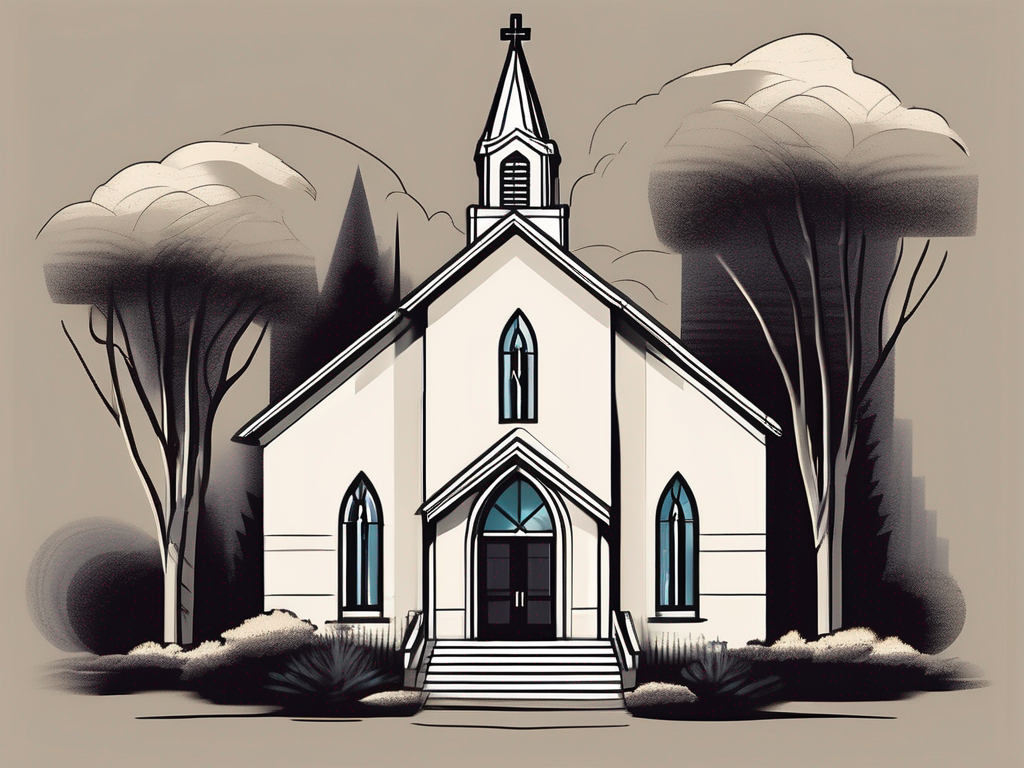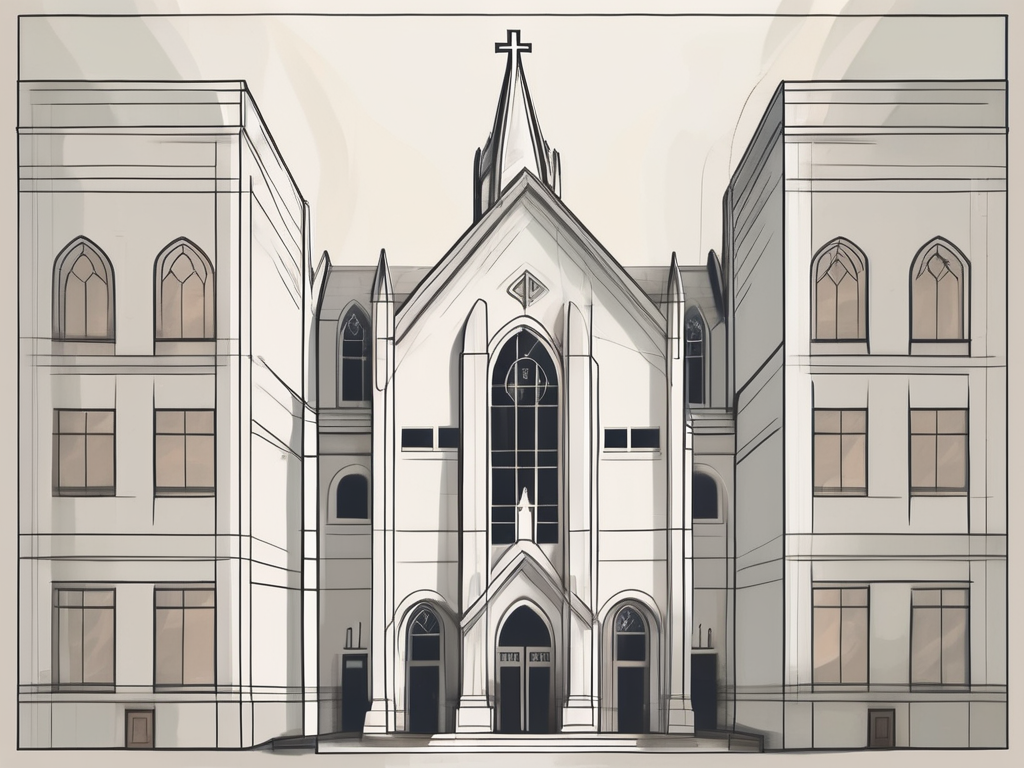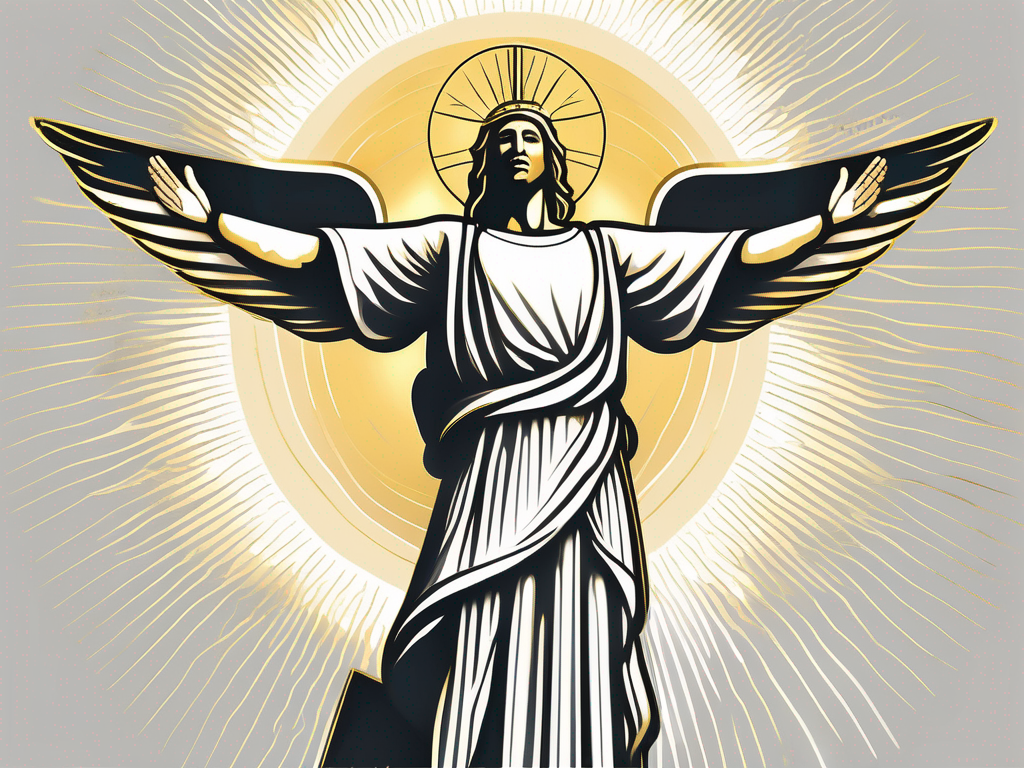Attending a Mormon church service is a meaningful experience that allows individuals to connect with their faith, deepen their spiritual understanding, and foster a sense of community. If you’re unfamiliar with the customs and practices of the Church of Jesus Christ of Latter-day Saints, commonly known as the Mormon Church, this article will provide you with an inside look into what happens during a typical service.
Understanding the Basics of a Mormon Church Service
Before diving into the specifics, it’s essential to grasp the overall structure of a Mormon service. These gatherings generally consist of three main components: the sacrament meeting, Sunday School, and other auxiliary meetings or activities. Each segment serves a distinct purpose, contributing to the spiritual growth and fellowship of attendees.
The Structure of a Mormon Service
During the sacrament meeting, which is the central focus of Sunday worship, members participate in a reverent and reflective atmosphere. The meeting begins with an opening hymn, followed by a prayer. Next, the sacrament—a symbolic reminder of Jesus Christ’s sacrifice—is administered to the congregation. Participants partake of bread and water, representing the body and blood of Christ, as an expression of their commitment to follow Him.
After the sacrament, talks are given by various members of the congregation, often focusing on gospel-centered themes such as faith, service, or personal experiences. Singing hymns and offering prayers are interspersed throughout the meeting. Finally, a closing hymn and prayer conclude the sacrament portion of the service.
Following the sacrament meeting, members typically attend Sunday School, where they engage in scriptural study and discussion. Classes are divided by age groups, ensuring that the material is tailored to the specific needs and understanding of each individual. Sunday School provides an opportunity for members to deepen their knowledge of the scriptures and strengthen their faith through meaningful conversations with fellow believers.
In addition to the sacrament meeting and Sunday School, Mormon church services may also include other auxiliary meetings or activities. These can range from youth programs and women’s organizations to service projects and social gatherings. These auxiliary meetings serve as avenues for members to develop friendships, serve their community, and further their spiritual growth in a more specialized setting.
The Role of Prayer in the Service
Prayer holds a significant place in Mormon worship services. Not only does it mark the beginning and end of each segment, but it is also a way for individuals to commune with God and seek divine guidance. Beyond the scheduled prayers, congregation members are encouraged to privately communicate with God in their hearts during the meeting. This personal connection with the divine adds an intimate and introspective element to the overall experience.
Prayers in a Mormon service are seen as a way to express gratitude, seek forgiveness, and ask for blessings. They provide an opportunity for individuals to share their concerns, joys, and desires with a loving Heavenly Father. The act of prayer is considered a sacred and powerful tool for spiritual growth and communication with God.
During the sacrament meeting, prayers are offered to bless the bread and water before they are distributed to the congregation. These prayers are seen as a way to sanctify the sacrament and invite the Spirit of the Lord into the meeting. The congregation listens attentively and reverently as the prayers are spoken, recognizing the sacredness of the moment.
Outside of the scheduled prayers, individuals may also be invited to offer extemporaneous prayers during the meeting. These impromptu prayers allow members to express their personal thoughts and feelings, seeking divine guidance or offering thanks for specific blessings. This spontaneous aspect of prayer adds a sense of authenticity and genuine connection to the worship service.
In conclusion, a Mormon church service is a carefully structured and spiritually enriching experience. From the reverent sacrament meeting to the engaging Sunday School classes and auxiliary meetings, each segment serves a unique purpose in fostering spiritual growth and building a sense of community among members. Prayer, both scheduled and personal, plays a vital role in connecting individuals with God and inviting His presence into the worship service.
The Sacrament Meeting: A Closer Look
Now that we’ve explored the structure and significance of the sacrament meeting, let’s dive deeper into its components.
The Importance of the Sacrament
The sacrament is central to the Mormon faith, serving as a time for individuals to renew their commitment to Jesus Christ and receive His grace. Reflecting on Christ’s sacrifice and partaking of the sacrament allows members to draw closer to Him and strengthen their faith.
When partaking of the sacrament, members are reminded of the Last Supper, where Jesus Christ instituted the sacrament as a way for His disciples to remember Him. This act of remembrance is not just a passive recollection, but an active participation in the Atonement of Jesus Christ. By partaking of the bread and water, members symbolically take upon themselves the body and blood of Christ, signifying their willingness to follow Him and strive to become more like Him.
Furthermore, the sacrament provides an opportunity for members to repent and seek forgiveness for their sins. As they partake of the sacrament with a broken heart and a contrite spirit, they can find solace in the knowledge that through the Atonement, they can be cleansed and made whole again.
The Process of the Sacrament Meeting
During the sacrament meeting, priesthood holders, usually young men, bless and pass the bread and water to the congregation. Although specific rituals and prayers are followed, the overall atmosphere is one of reverence and reflection. Members are encouraged to focus their thoughts on the Atonement of Jesus Christ and to ponder on their personal relationship with Him.
As the bread is passed, members are reminded of the Savior’s body, which was broken for them. They are encouraged to reflect on the sacrifices He made and the love He has for each individual. This moment of introspection allows members to evaluate their own lives and make any necessary changes to align their actions with the teachings of Christ.
Similarly, when the water is passed, members are reminded of the Savior’s blood, which was shed for the remission of sins. This serves as a reminder of the cleansing power of the Atonement and the opportunity for repentance and forgiveness. It is a time for members to let go of past mistakes and strive for a fresh start.
The talks given during this portion of the service further emphasize the principles and teachings of Christ, reinforcing the importance of living a Christ-centered life and striving for personal growth. These talks are given by members of the congregation, who are invited to share their insights, experiences, and testimonies. Through these talks, members can learn from one another and find inspiration to apply the gospel principles in their own lives.
Additionally, hymns are sung during the sacrament meeting, providing an opportunity for members to express their devotion and gratitude through music. The hymns chosen often reflect the themes of the sacrament, such as redemption, forgiveness, and discipleship. The collective singing creates a sense of unity and reverence, enhancing the spiritual atmosphere of the meeting.
Overall, the sacrament meeting is a sacred and meaningful time for members of the Mormon faith. It is a time to remember and reflect on the Savior’s sacrifice, to renew commitments, and to seek personal growth. Through the sacrament, individuals can find peace, forgiveness, and strength to navigate the challenges of life.
The Sunday School and Religious Education
After the sacrament meeting, attendees disperse into various classes for Sunday School and religious education.
As the congregation members leave the sacrament meeting, they eagerly anticipate the next phase of their Sunday worship experience – Sunday School and religious education. This time is dedicated to furthering their understanding of gospel principles and doctrines, and it offers a unique opportunity for individuals of all ages to engage in meaningful discussions and study.
The Purpose of Sunday School
Sunday School serves as a vital platform for individuals to deepen their knowledge and strengthen their faith. It provides a safe and nurturing environment where attendees can explore the teachings of the Church of Jesus Christ of Latter-day Saints. Classes are organized based on age groups, ensuring that the content is tailored to the specific needs and interests of each participant.
Children eagerly join their peers in age-appropriate classes, where they learn about foundational principles such as faith, repentance, and baptism. Through interactive discussions, engaging activities, and scripture study, these young learners are encouraged to develop a personal relationship with Jesus Christ and apply His teachings in their daily lives.
Teenagers, in their classes, delve deeper into the scriptures and church history. They explore the lives of ancient prophets, the early pioneers of the Church, and the modern-day apostles and prophets. These lessons help them gain a broader perspective on their own spiritual journey and inspire them to live virtuous lives in a world that often challenges their beliefs.
Adults, too, find great value in Sunday School classes. They have the opportunity to study the scriptures in depth, gaining a deeper understanding of the principles and doctrines that guide their lives. These classes provide a forum for open and honest discussions, where participants can share personal experiences, ask questions, and seek guidance from one another.
Topics Covered in Sunday School
The curriculum for Sunday School is carefully designed to cover a diverse range of subjects that are relevant to the lives of its participants. The scriptures, including the Bible, the Book of Mormon, the Doctrine and Covenants, and the Pearl of Great Price, serve as the foundation for these lessons.
Each week, teachers carefully select passages from these sacred texts and guide the class in exploring their meaning and application. They encourage participants to share personal insights, testimonies, and experiences that relate to the principles being discussed. This interactive approach fosters a sense of unity and community among the class members, as they learn from one another and build upon their collective knowledge.
In addition to the core Sunday School curriculum, other optional classes or auxiliary meetings may be offered to address specialized topics. These classes may focus on areas such as family life, temple worship, missionary work, or personal development. These gatherings provide additional opportunities for individuals to deepen their understanding of specific aspects of the gospel and connect with others who share similar interests and concerns.
Overall, Sunday School and religious education play a crucial role in the spiritual growth and development of individuals within the Church. Through engaging discussions, scripture study, and personal reflection, attendees are empowered to apply the principles they learn in their daily lives, strengthening their relationship with God and their fellow believers.
The Role of Music in Mormon Church Services
Music holds a prominent place in the Mormon faith, often being described as the “universal language of worship.” It plays a vital role in enhancing the worship experience and creating a meaningful connection between individuals and their beliefs.
Hymns and Their Significance
Mormon hymns, known for their heartfelt lyrics and beautiful melodies, are sung throughout the service. These hymns inspire reflection, uplift the spirit, and foster a sense of unity among worshippers. The congregation joins together in singing, accompanied by piano, organ, or occasionally a small choir. The hymns chosen often reflect the overall theme of the service and complement the messages being shared.
The Mormon Tabernacle Choir
One particularly notable feature of Mormon music is the world-renowned Mormon Tabernacle Choir. Comprised of talented singers and musicians, the choir’s performances are broadcast worldwide and provide a powerful demonstration of the church’s emphasis on musical excellence and the celebration of faith through song.
The Role of Community in Mormon Church Services
In addition to the spiritual elements, attending a Mormon church service offers a valuable sense of community and fellowship.
The Importance of Fellowship
Mormon services provide an opportunity for members to connect with one another, offering support, friendship, and a sense of belonging. The social interactions that occur during these gatherings contribute to building strong relationships and creating a network of support within the community.
Church Activities and Gatherings
Outside of regular Sunday worship, the Mormon Church often organizes various activities and gatherings, fostering a spirit of unity and community involvement. These events might include social gatherings, service projects, or educational workshops, offering opportunities to bond with fellow members and engage in meaningful service to others.
In conclusion, a Mormon church service is a multi-faceted experience that combines spirituality, education, and community connections. Attending one offers individuals a chance to deepen their faith, partake of the sacrament, engage in religious education, enjoy uplifting music, and build lasting relationships. Whether you are exploring the Mormon faith or seeking to understand the practices of friends or family, immersing yourself in a Mormon church service can provide valuable insights into this vibrant and dynamic religion.












